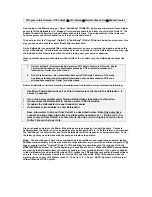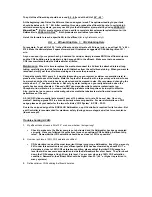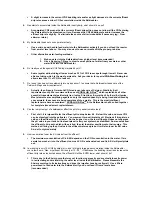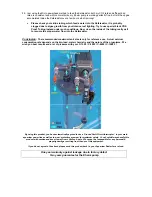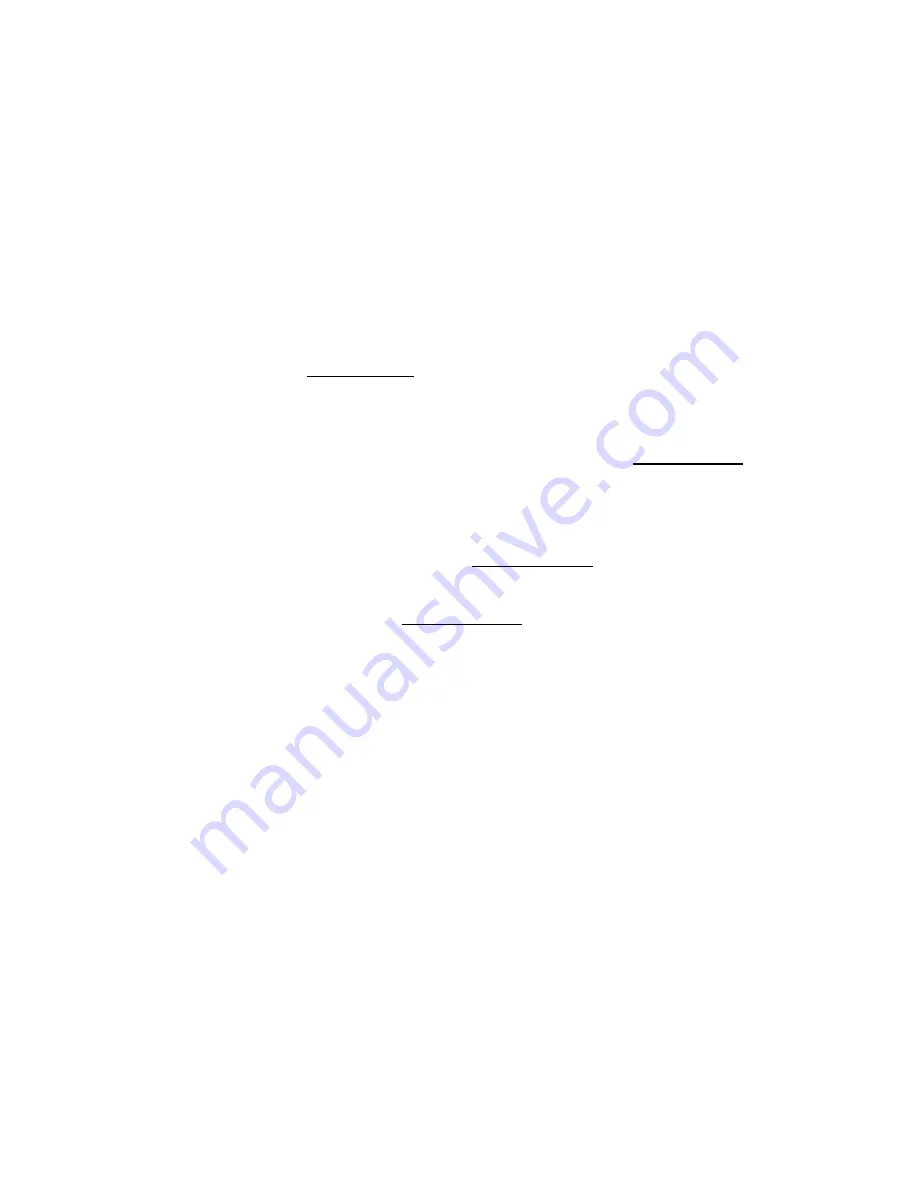
A slight increase in the current CO2 bubbling rate and/or a slight decrease in the current effluent
drip rate causes a minor CO2 accumulation inside the Kalkreaktor.
4.
Gas starts to accumulate inside the Kalkreaktor nearly daily, what should I do now?
Accumulated CO2 means that the current effluent drip setting does not allow all the CO2 entering
the Kalkreaktor to be dissolved
on time
. Decrease the CO2 bubbling rate and/or increase the
effluent drip rate slightly. Or eliminate the source of air microbubbles if necessary (eg: From
skimmer return).
5.
My Kalkreaktor does not suck up water actively.
Use a micro powerhead to feed water into the Kalkreaktor actively if you do not feed the reactor
from a water level above. You may also want to use our media with the proper grain size.
Other alternative water-feeding methods:
1. Siphon water into the Kalkreaktor from a higher level (recommended)
2. Use a Reducing T-Piece to divert a small portion of water from your main or other
water lines into the Kalkreaktor
6.
Do I really need the special CO2 Tubing marketed by m3?
Some regular airline tubing allow as much as 30% of CO2 to escape through its wall. Never use
silicone tubing which is the most permeable. Ask your dealer for special CO2-Proof Tubing that
allows less than 1% of CO2 to leak out.
7.
Do I need to dose any trace elements into my aquarium? I assume that a Kalkreaktor takes care of the
Calcium & Magnesium requirements?
Actually, the ultrapure German CaCO3 media can take care of Calcium, Alkalinity & pH
requirements only. We recommend the use of KORALLIN S-Plus
TM
which replenishes all other
essential trace elements (particularly Iron, Iodine, Strontium, & more than 20 others) & vitamins.
Most elements are complexing agents so only the required quantity is being freed and utilized by
your animals, the excess are being complexed into a matrix. This is the most intelligent
replenisher we have encountered. KORALLIN S-Plus
TM
& the Kalkreaktor shall be used together
for complete trace element replenishment.
8.
Can the low pH output of a kalkreaktor affect the pH of my aquarium adversely?
First of all, it is impossible for the effluent pH to drop below 6.5. Below this value, no more CO2
can be dissolved into the saltwater. You may want to re-calibrate the pH Electrode if it registers a
value on the effluent of 6.5 or lower. So, the answer is no, the low effluent pH does not suppress
the pH value in your tank but instead raises it after your system has stabilized. Some users allow
the effluent to drip onto a dish with aeration, then let the water overflow onto their sumps. This
method will bring up the pH value in the effluent water sample but it will also lower its KH value.
So, do it only moderately.
9.
How can aeration lower the KH values from the effluent?
The maximum concentration of Ca & KH depends on the CO2 concentration in the water. If we
aerate too much air into the effluent, too much CO2 is exhausted out and Ca & KH will precipitate
out.
10.
I am dosing in only 10x CO2 bubbles / min. and I still get a large gas accumulation inside the Kalkreaktor
over a few hours. Also, my effluent KH is only at 15 - 20 °, if I decrease the bubbling rate or/and increase the
effluent drip rate as instructed above, the effluent KH will be EVEN lower, what should I do?
This is due to the Eheim pump that may not functioning properly and eventually loses its power
in recirculating and maintaining the water level inside the Kalkreaktor. Please dissemble the
Eheim according to its instructions and rinse the impeller housing really well. Use a Micro
powerhead to feed water into the Kalkreaktor if you do not feed it from a level above
(recommended).


